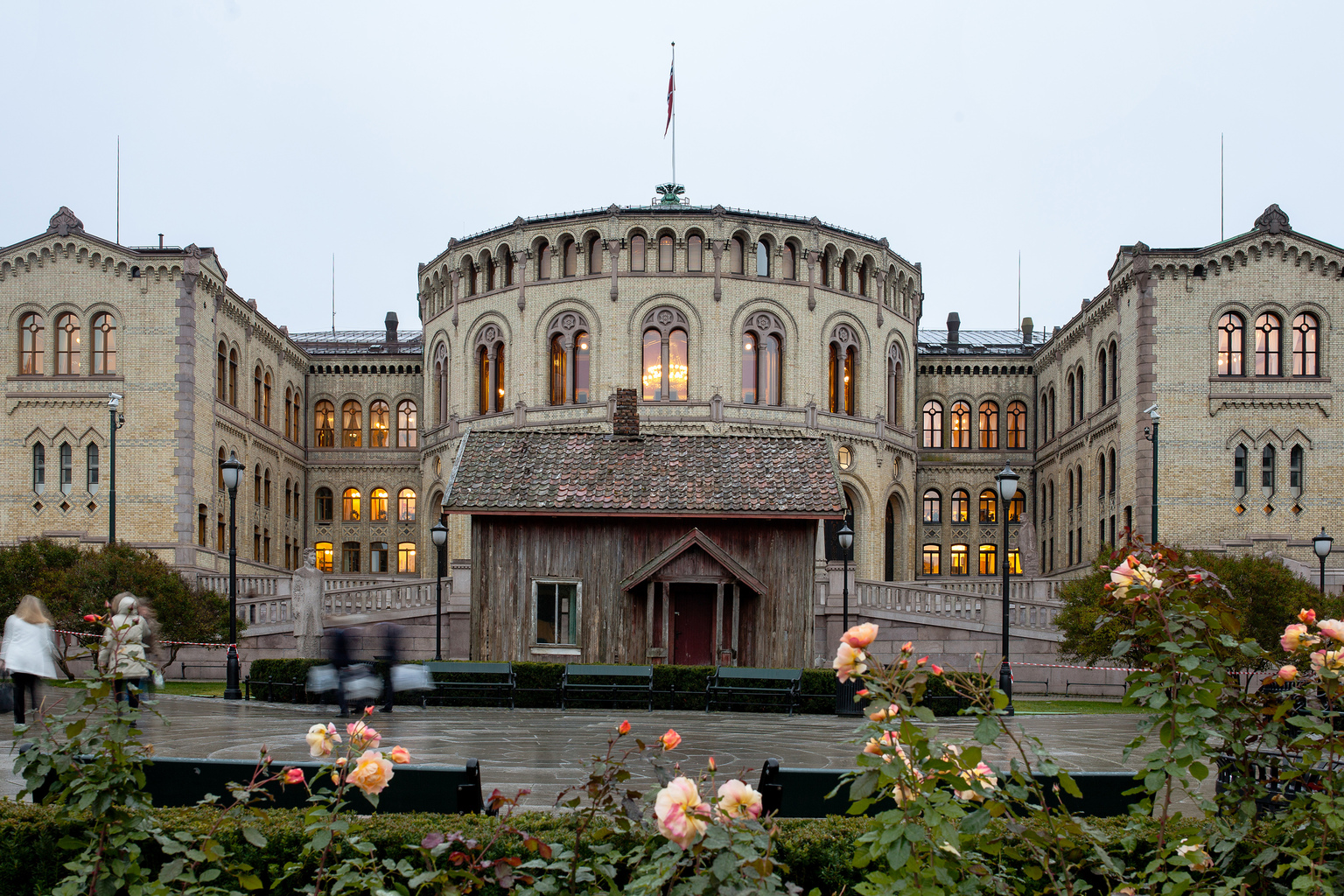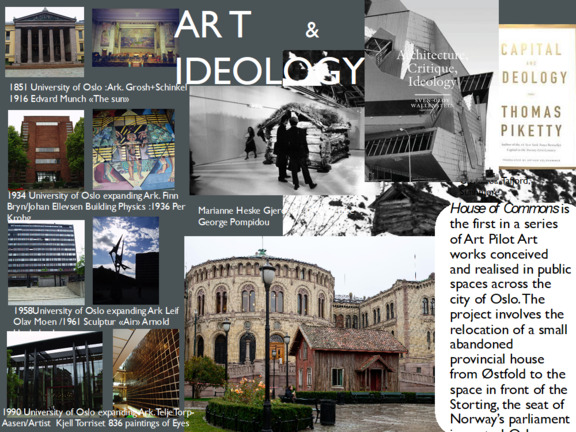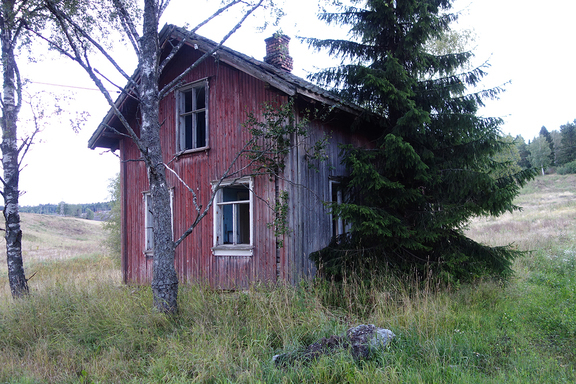Seminar/Conference

Open lecture: How to relate to theory and practice, art and ideology as intertwined?
Olga Schmedling theory responsible in the master program Art and public space invites you to attend three guest lectures by Sara R. Yazdani, Sven-Olov Wallenstein and Marianne Heske.
“A set of beliefs or principles, especially one on which a political system, party, or organization is based” (Cambridge Dictionary).
“Dogmatic ideas divorced from facts are frequently characterized as ideological. Yet often it is those who claim to be purely pragmatic who are in fact most “ideological” (in the prejorative sense): their claim to be post-ideological barely conceals their disdain for evidence, historical ignorance, distorting biases, and class interests” claims Thomas Piketty in Capital and Ideology (2020): “….history teaches us that what determines the level of inequality is above all society´s ideological, political, and institutional capacity to justify and structure inequality…”
“Ideology is not simply imposed on ourselves Ideology is our spontaneous relationship to our social world, how we perceive each meaning …we in a way enjoy ideology. To step out of ideology It hurts It is a painful experience This truth may be painful can shutter many of your illusions This is a paradox we have to accept.” Slavoj Žižek on "They Live" (The Pervert's Guide to Ideology).
“This fluid status, which conjoins notions like presentation and representation, reality and its image, materiality and immateriality, is one of the reasons why theory and practice cannot be opposed as, for instance, the intelligible and the sensible might be” Sven-Olov Wallenstein in Introduction Architecture, Critique, Ideology (2016) “ideology.. if it works through images, it is not because they are false or inverted representations or pictures of a pre-existing real, but because they are themselves real, forces and powers that shape the subject.”
SEMINAR PROGRAM WEEK 35
Monday August 24th
13.00-14.15
Join on Zoom: Sara R. Yazdani
“Medium, Materiality, Networks”
https://khio-no.zoom.us/j/4572038102?pwd=UG1JZThySUczdTNSdmdGQXBaK256QT09
Sara gives an open introduction lecture on contemporary art, materiality, theory of the Anthropocene, and the relationship between art, media and technology.
In her introduction lecture, Sara R. Yazdani deals with how contemporary artists since the late 1960s have investigated media, materiality, and environments. Drawing on theories of Donna Haraway, Gilles Deleuze, David Joselit, among others, she demonstrates how traditional concepts of autonomy and agency have been challenged within the field of contemporary art. Oriented around a close study of a number artists, artworks, and critical texts, she aims to open up a larger discussion about how artists and thinkers have provoked alternative, relational notions of visual art, emphasizing the forces of matter, social alliances, and environmental formations against the anthropocentric world-view. Conclusively, the lecture is about a form of 20th and 21st century art invested in new types of aesthetics and art productions.
TUESDAY AUGUST 25th
10.00 -10.45
Join on Zoom: Sven-Olov Wallenstein “The Antinomy of Public Space”
The idea of public space seems pivotal for our political imagination, and perhaps precisely because it perceived as being not only threatened, but even as virtually extinct. Furthermore, throughout its history, the concept seems to contain both a promise of a more transparent social world, and something to which we are exposed: it is a space of free exchange, but also one to which we are subjected, and where conflict seems unending. In this sense, two competing versions could be given: the first one would narrate the rise and fall of public space, and it is the most common one; the second, which is more uncommon, would describe public space as always and structurally constituted by a conflict that will make it into a space of struggle, where the dreams of undistorted communication not only cover over the reality of power, but in fact are instrumental for its deployment. These two can neither be fused into a common story, but nor can we simply choose between them; perhaps they can be said to constitute something like the antinomy of public space.
13.30-15.00
Join on Zoom: Marianne Heske: Artist talk “What is real?”
With the following works :Ice Towers (Biennalen i Sao Paulo), Prosjekt Gjerdeløa (C.G.P. Paris), N.N. (Bronsedukkehodet i Torshovdalen). House of Commons (Stortinget), STONE STORY (Lido, Venezia) and Mountain of the Mind (video painting, first shown at Biennalen in Venezia in 1986).
“Was she before her time? Yes. «Project Gjerdeloa» didn’t resonate in its time the way it would much later, as it spawned numerous works based on similar ideas of displacement. Outside of Scandinavia, the renowned critic of New Realism, Pierre Restany, expressed the most enthusiasm, and continued to follow closely the development of this artist. Significantly, Restany comments strongly on Heske’s own thoughts on the subject of the exhibition at the Centre Pompidou, as noted by Per Hovdenakk: «I thought the hut would be regarded as a hut in Norway, whereas in Paris it would be seen as a manifestation of conceptual art». This is significant because it is the description of the ideological process that proceeds the project, and Restany was particularly interested in these kinds of statements of intent. “ Marianne Heske or the Art of Relocation, Nicolas Bourriad.
https://www.marianneheske.no/texts
GUESTS/LECTURERS:
Sara R. YAZDANI: is an art historian and art critic, holding a PhD from the University in Oslo (Self-Sufficient Images. Art, Media, and Ecologies in the Works of Wolfgang Tillmans, 2019). Her fields of research and teaching are modern and contemporary art with a particular focus the relationship between art, media, technologies, theories of the Anthropocene, and process philosophy. As an art critic she has contributed to Flash Art, Artforum, Mousse Magazine, Kunstkritikk, Art & Education, and Objektiv, and her academic writing has been published in a number of academic journals, anthologies and exhibition catalogues on modern and contemporary art. She is currently working on her first monograph, Self-Sufficient Images, a critical history of Wolfgang Tillmans’ oeuvre and the re-emergence of an ecological, process ontological approach to art and photography in the 21st century.
Sven-Olov WALLENSTEIN: is Professor of Philosophy at Södertörn University, Stockholm. He is the translator of works by Baumgarten, Winckelmann, Lessing, Kant, Hegel, Frege, Husserl, Heidegger, Levinas, Derrida, Deleuze, Foucault, Rancière and Agamben, as well as the author of numerous books on philosophy, contemporary art, and architecture. Recent publications include Upplysningens estetik: Nedslag i 1700-talet (2019), Spacing Philosophy: Lyotard and the Idea of the Exhibition (2019, with Daniel Birnbaum), and Adorno: Negative dialektik och estetisk teori (2019), as well as translations of Adorno's Negative Dialektik, Ästhetische Theorie, and Mahler: Eine musikalische Physiognomie.
Marianne HESKE: is an internationally renowned conceptual artist and is one of the most important contemporary Norwegian artists. She is educated at Bergen School of Arts and Crafts, École Supérieure des Beaux-Arts in Paris, Royal College of Art in London and Jan Van Eyck Academy in Maastricht. She was honored with a government fellowship (statsstipendiat) in 2004 and is recognized as a pioneer in her field. Heske is particularly known for her video paintings and “Dislocation Projects”, which include Project Gjerdeløa from 1980 and House of Commons from 2015. Heske´s works have been purchased by the National Gallery, the Norwegian Cultural Council and Riksgalleriet as well as number of private and public collections in at home and abroad.


